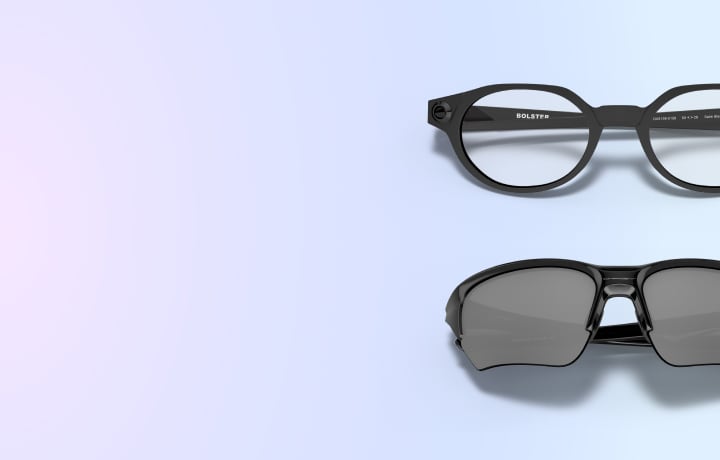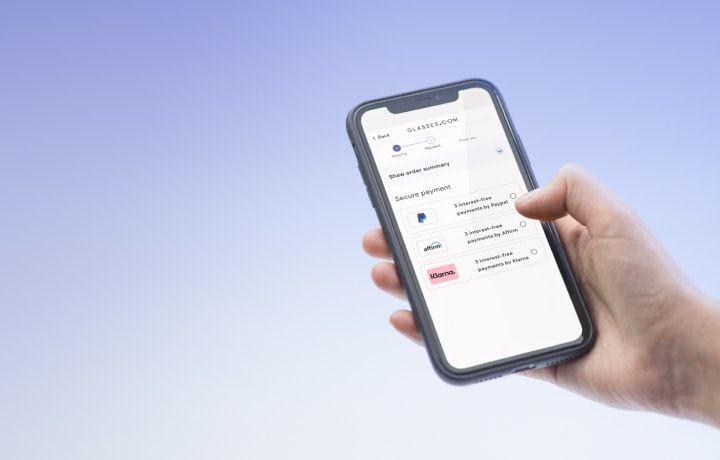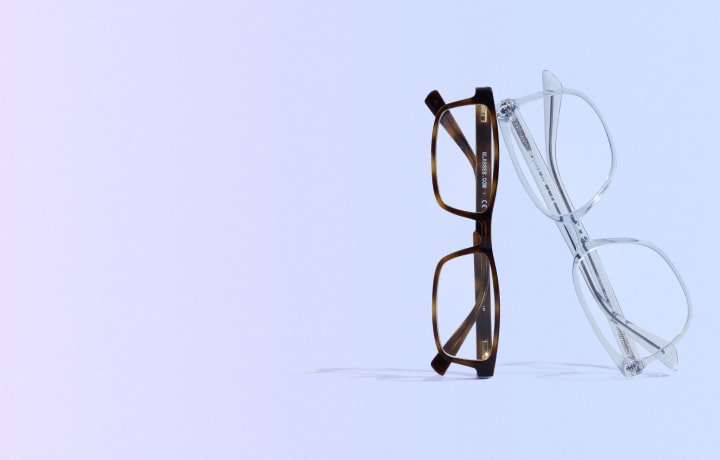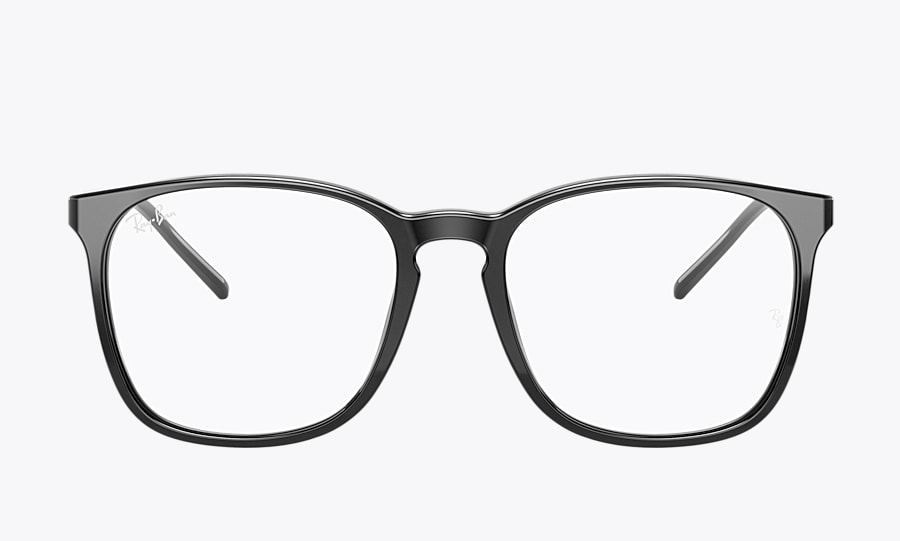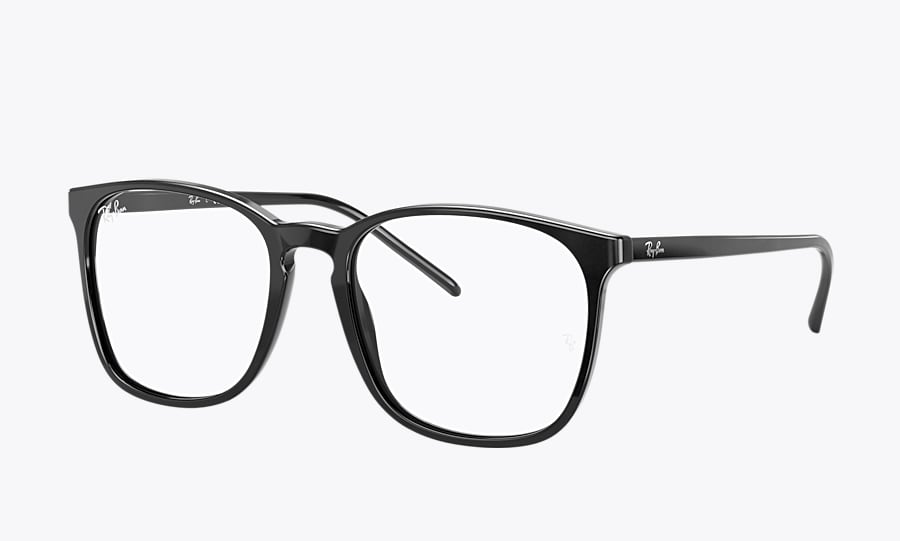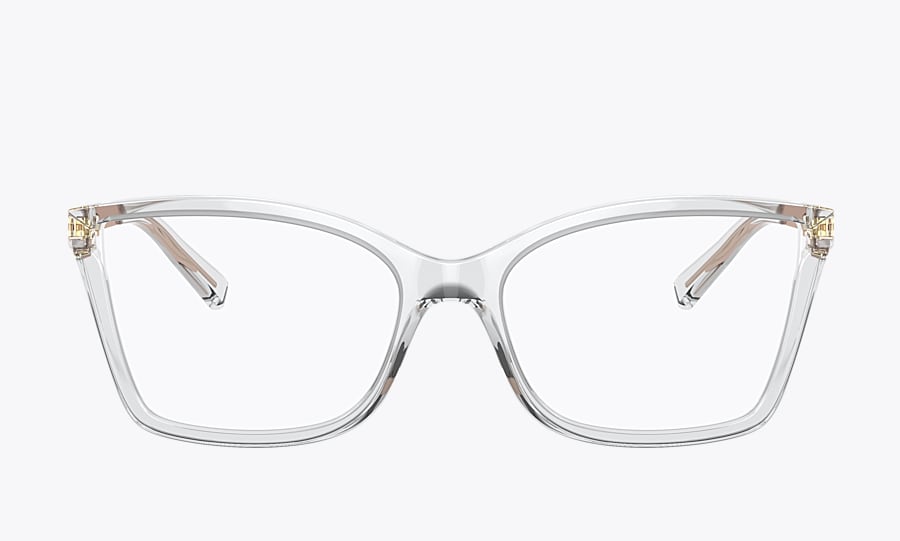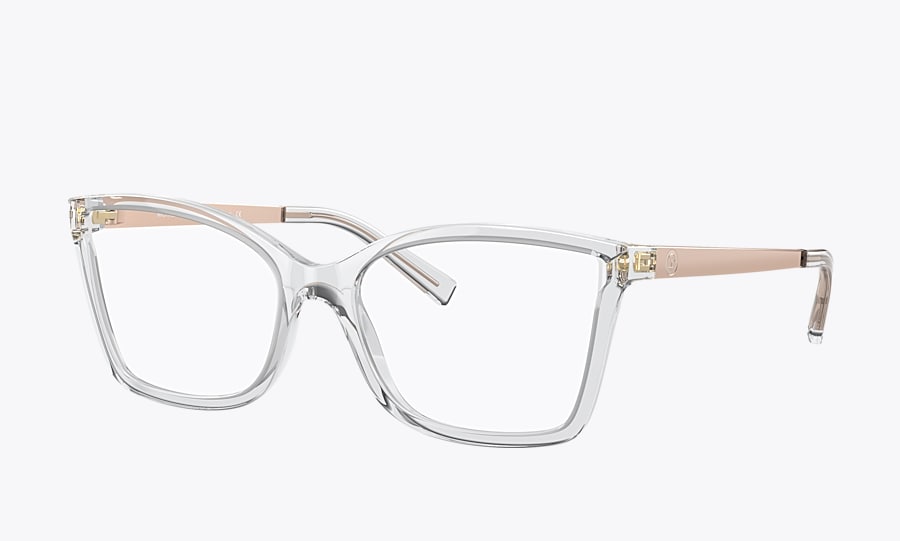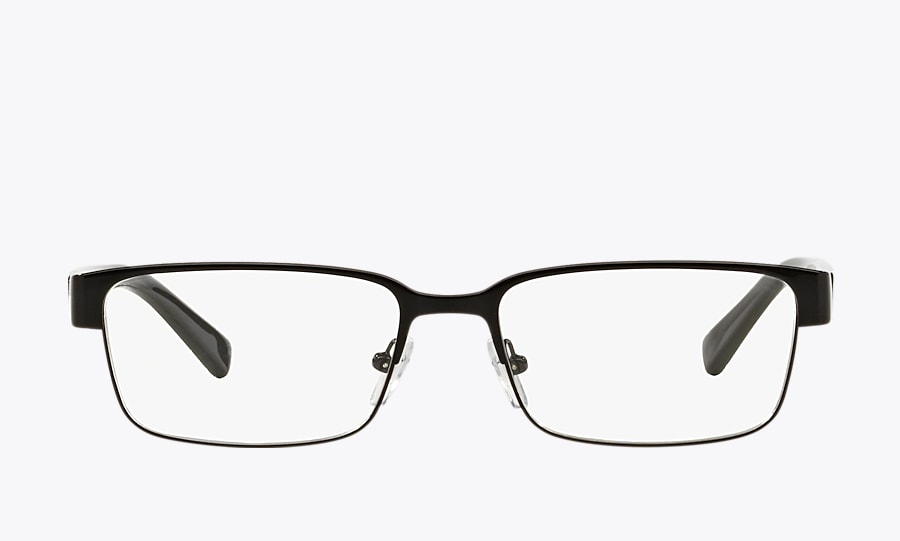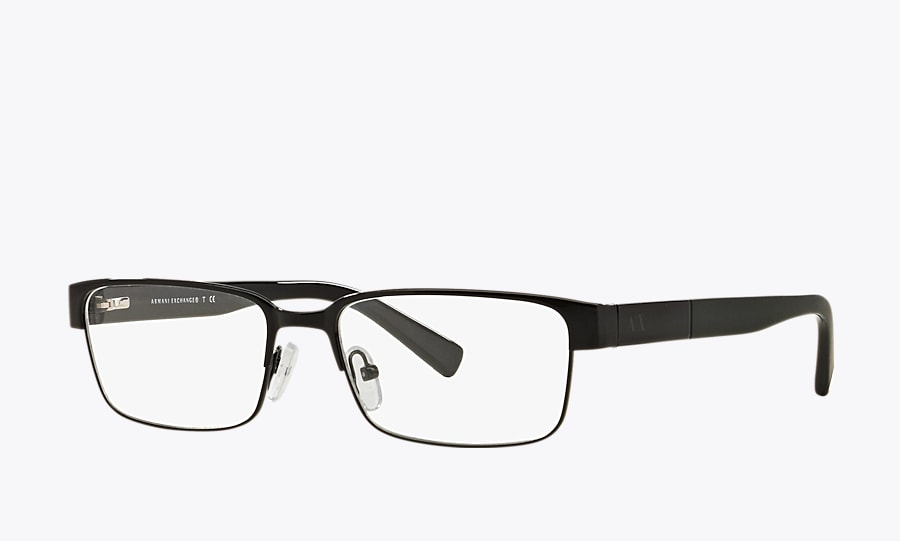
What Is Myopia?
Myopia (nearsightedness) is a vision problem that makes distance vision appear blurry while near vision is clear. It is caused by an irregularity in how the eyes bend light, otherwise known as a refractive error. Myopia is usually bilateral, which means it affects both eyes, but it’s possible for only one eye to be affected.
The condition usually occurs during childhood and progresses into early adulthood. During this time, the rate of myopia’s progression varies among individuals.
It’s possible for myopia to progress quickly and lead to high myopia, which is when a person has a high nearsighted prescription. Having high myopia increases a person’s risk of developing serious eye conditions later in life.
Nearsightedness is a common condition and its prevalence is growing steadily. In the year 2000, myopia affected roughly 25% of the world’s population. At the rate it’s increasing, experts estimate that this number will double to around 50% by the year 2050.
This has inspired researchers to develop myopia control strategies, techniques doctors can use to slow myopia’s progression.
Myopia Causes
Myopia is caused by the inability of light to focus properly on the retina. The retina is light-sensitive tissue located at the back of the eye and plays a key part in providing sharp vision. For vision to be clear, light must focus directly on the retina like a spotlight on a stage.
The eyeballs of a person with myopia are longer than average. This is usually because the eyeball itself is longer from front to back (called axial myopia). But in rare cases, it’s because the cornea or lens is too curved, or because one is positioned too closely to the other (called refractive myopia).
Regardless of what causes the eyeball to be longer than average, the result is the same: incoming light focuses in front of the retina instead of directly on it. This causes near vision to be in focus while distant vision is blurry.
There are a few things that can cause an eyeball to grow longer than average. One factor is genetics. While doctors are unsure of the exact inheritance pattern, the risk of developing myopia is higher in people whose first-degree relatives (parents or siblings) are myopic.
Another factor that influences myopia development is the amount of time spent indoors and performing continuous near work without taking vision breaks. Near work is any task that requires you to focus up close. This includes reading, writing and using a handheld digital device.
Some studies suggest that spending time outside in the sun for about two hours daily can reduce a child’s myopia risk.

Symptoms of Myopia
The main symptom of myopia is blurred vision when focusing on distant objects. It can be tough to detect this symptom in someone else, such as your child. However, there are a few habits that can indicate a vision problem.
Common signs, symptoms and behaviors that are often associated with myopia include:
- Squinting when focusing on distant objects
- Having headaches, especially after focusing at a distance for a period of time
- Moving closer to an object to see it clearly (e.g., sitting too close to the TV)
- Having tired or achy eyes, which may lead to eye rubbing
- Avoiding activities that require sharp distance vision, like driving or playing sports
- Holding objects close to the face
- Having a shortened attention span
- Struggling in school, either academically, behaviorally or both
If you recognize one or more of these symptoms in yourself or your child, schedule a comprehensive eye exam to see if myopia is the cause.
Myopia Progression
Myopia often begins in childhood and can gradually worsen until your late teens or early 20s. Research suggests that the younger a child is when their myopia begins, the more likely they are to have high myopia later in life. Furthermore, the faster myopia progresses, the more serious it can become.
The severity of myopia is measured using diopters (D). When looking at a vision prescription for nearsightedness, a minus sign (-) will be in front of a number that increases in increments of 0.25 D.
People with low myopia have a vision prescription ranging from -0.50 D to -5.75 D. People who have high myopia have a vision prescription of -6.00 D or higher.
Having any degree of myopia can put someone at risk of developing vision complications later in life. But people with high myopia are at a much higher risk than people with low or no myopia.
High Myopia
Severe nearsightedness can make it hard to see distant objects without corrective measures like glasses or contacts. But it typically doesn’t cause vision loss. Rather, it’s the complications that arise from high myopia that can threaten your eyesight.
As myopia progresses, the eyeball continues to lengthen. In severe cases, this lengthening can stretch important tissues, including the retina. Stretching causes these tissues to become very thin, causing distortions to the retina as well as other degenerative changes that result in vision loss. It also leaves this delicate tissue vulnerable to injury.
According to studies examining the connection between high myopia and eye disease, a person with high myopia is:
- 4.5 times more likely to develop cataracts
- Over 12 times more likely to experience retinal detachment
- 3 times more likely to have glaucoma
- 845 times more likely to be diagnosed with myopic macular degeneration or myopic maculopathy
Fortunately, there are ways to correct and manage high myopia to help reduce the risk of developing complications.
Correction and Management
Myopia can be corrected with eyeglasses, contact lenses or refractive surgery.
People with low myopia may only need to wear glasses or contacts during specific tasks like driving or reading the board at school. Those with a higher prescription often need vision correction all the time. After your eye doctor has performed your comprehensive eye exam, they will provide your vision prescription and a recommendation for how often you need to wear corrective lenses. (You’ll need a separate contact lens exam if you’re interested in wearing contacts.)
Refractive surgery is not recommended until after a person’s myopia has stabilized. However, this procedure can reduce — and in some cases, eliminate — the need for corrective lenses. Some common refractive procedures include LASIK, PRK and placement of artificial lens implants called phakic intraocular lenses (IOLs).
Myopia Control
While glasses and contacts can help correct myopia, they don’t do anything to keep it from getting worse. This is where myopia control strategies are beneficial.
Experts have identified three main strategies to help stop myopia’s progression:
- Myopia control glasses have specially designed lenses that can help slow the eyes’ elongation rate.
- Multifocal soft contacts were originally created for people with presbyopia, an age-related vision change. However, they’ve also shown success in reducing the progression of myopia.
- Orthokeratology is a therapy in which rigid contact lenses are worn overnight to help gently reshape the cornea. Also called ortho-k, this therapy has shown to be an effective myopia control strategy.
- Atropine eye drops have proven successful in slowing myopia progression in children. Low-dose atropine is used because drops with high concentrations can have side effects like headaches and light sensitivity.
What Else You Can Do
Besides medical strategies, lifestyle changes can be made to help slow the progression of myopia or reduce its risk of developing. For example, spending about 90 minutes or more per day outdoors during daylight hours can lower a child’s risk of developing myopia.
Throughout periods of near work, like when you’re using a digital device or your child is doing homework, it’s important to practice the 20-20-20 rule: Every 20 minutes, focus on an object 20 feet away for at least 20 seconds.
Combining these daily habits with your eye-doctor-recommended control strategies can help keep myopia at bay and your child’s vision sharp. You should also make your annual comprehensive eye exam a priority.









